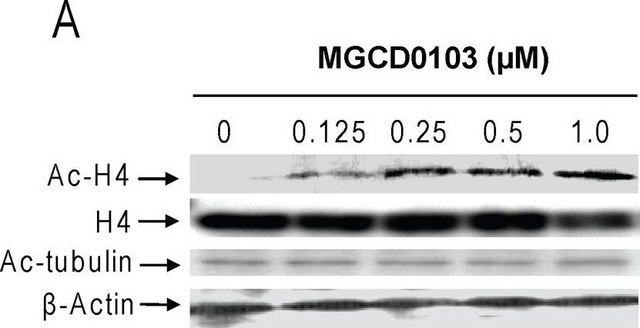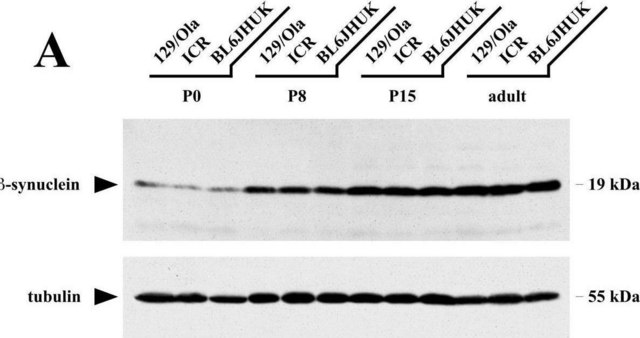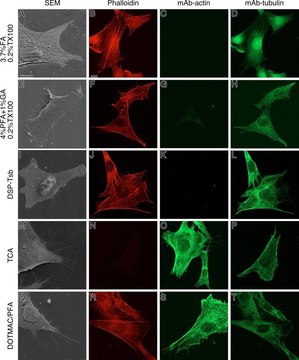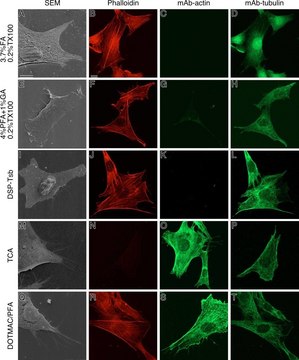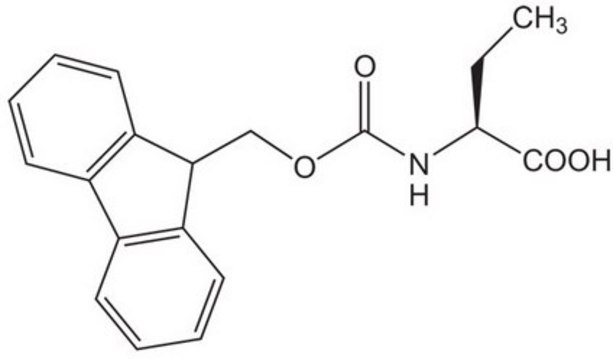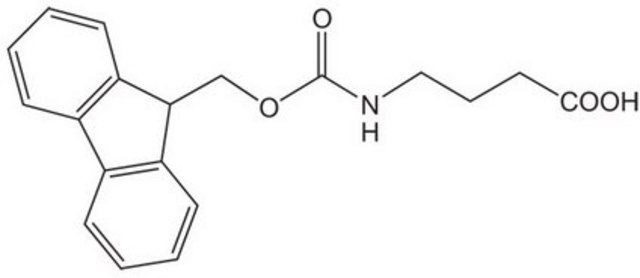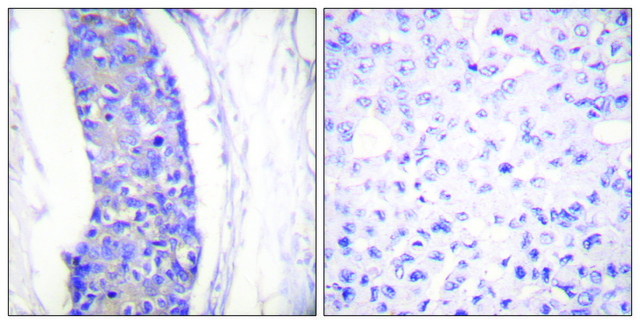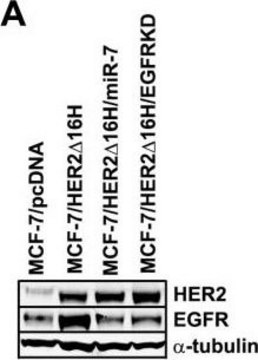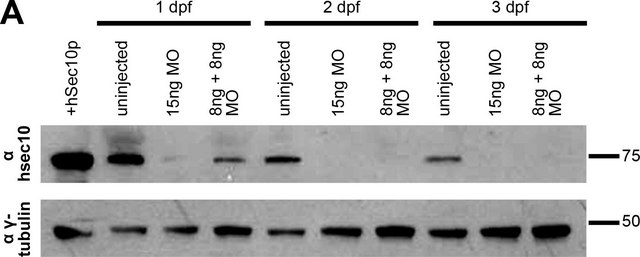T5168
Anti-TUBA4A (TUBA1) Antibody

mouse monoclonal, B-5-1-2
Synonym(s):
Alpha Tubulin Antibody Sigma, Anti Tubulin Sigma, Tubulin Antibody Sigma, Tubulin Antibody Sigma - Monoclonal Anti-α-Tubulin antibody produced in mouse
About This Item
Recommended Products
Product Name
Monoclonal Anti-α-Tubulin antibody produced in mouse, clone B-5-1-2, ascites fluid
biological source
mouse
Quality Level
conjugate
unconjugated
antibody form
ascites fluid
antibody product type
primary antibodies
clone
B-5-1-2, monoclonal
mol wt
antigen ~50 kDa
contains
15 mM sodium azide
species reactivity
mouse, chicken, Chlamydomonas, African green monkey, human, rat, bovine, sea urchin, kangaroo rat
Looking for similar products? Visit Product Comparison Guide
Related Categories
1 of 4
This Item | 8.52043 | 8.52049 | 8.52074 |
|---|---|---|---|
| form powder | form powder | form powder | form powder |
| assay ≥90.0% (acidimetric), ≥98.0% (HPLC), ≥98% (TLC) | assay ≥96.0% (HPLC), ≥96.0% (acidimetric), ≥98% (TLC) | assay ≥95.0% (acidimetric), ≥98% (TLC), ≥99.0% (HPLC) | assay ≥94.0% (acidimetric), ≥97.0% (HPLC), ≥98% (TLC), ≥98% (perchloric acid titration) |
| functional group Fmoc | functional group Fmoc | functional group Fmoc | functional group Boc, amine |
| product line Novabiochem® | product line Novabiochem® | product line Novabiochem® | product line Novabiochem® |
| storage temp. 2-30°C | storage temp. 2-30°C | storage temp. 2-30°C | storage temp. 2-30°C |
| Quality Level 200 | Quality Level 200 | Quality Level 200 | Quality Level 200 |
General description
Specificity
Immunogen
Application
- In immunofluorescence Analysis
- In western blotting/ Immunoblotting
- For immunolabelling cells in electron microscopy
Biochem/physiol Actions
α-Tubulin is a key regulator of cytoskeletal proteins. It mediates cellular developmental stages such as proliferation, migration, signalling and also maintains the shape of the cell. α-Tubulin controls trafficking, signaling and cellular tensegrity mediated by microtubules. The encoded protein is associated with the development and progression of cancer. α-Tubulin acetylation potentiates the metastatic property of breast cancer. Mutation in TUBA4A is associated with the development of various types of cancers, such as oral cancer, breast cancer, rectal cancer, lung cancer and prostate cancer. In addition, variation in the TUBA4A leads to sporadic amyotrophic lateral sclerosis (ALS).
Microtubules function as structural and mobile elements in mitosis, intracellular transport, flagellar movement and the cytoskeleton.
Physical form
Storage and Stability
Disclaimer
Not finding the right product?
Try our Product Selector Tool.
Storage Class
10 - Combustible liquids
wgk_germany
WGK 1
flash_point_f
Not applicable
flash_point_c
Not applicable
Choose from one of the most recent versions:
Already Own This Product?
Find documentation for the products that you have recently purchased in the Document Library.
Customers Also Viewed
Our team of scientists has experience in all areas of research including Life Science, Material Science, Chemical Synthesis, Chromatography, Analytical and many others.
Contact Technical Service

